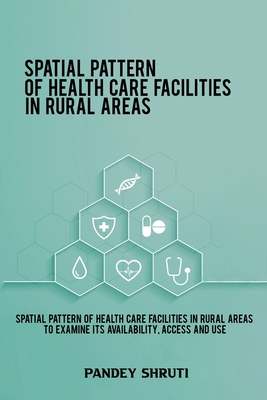You are here
Back to topSpatial pattern of health care facilities in rural areas to examine its availability, access and use (Paperback)
Description
Introduction A popular saying health is wealth denotes the importance of a healthy life. A healthy life leads a person to a healthy mind. With a healthy mind, a healthy human resource is generated which further leads toward high socioeconomic growth of a country. So for a short time span, it can be said that the health of people of a country determines its growth. In the same way the health care facilities of the country affect the health of people inhabited in the country. Distribution of health care facilities (hereinafter HCFs) in a particular area determines its availability as well as accessibility and its utilization by the people. So spatial patterning of HCFs becomes important in analyzing the health status of persons or a country both. India being a second most populated country of the world shares 3.89 percent of all national expenses of GDP. Studies shows that out of pocket expenditure in healthcare is extremely high in India and this creates a burden on its citizen. In studies it is revealed that every year many individuals in India are driven to poverty purely due to the huge medical expenses that are borne out of one's own pocket1 . Today various government bodies both at the national and state level make concentrated efforts to improve the healthcare scenario in India. But still, there are stiff challenges both at policy and execution level. The genesis of these challenges can be found to a large extent in the availability, accessibility, and utilization of the health services. In this backdrop, the role of health care providers became very vital as they are the key elements in determining the provision of these services and influencing the usage patterns by the general population. Hence, to improve the overall health scenario it becomes important to know the spatial pattern of the distribution of HCFs. In India, HCFs are provided by both the public and private sectors. The nature of services provided by public sectors differs significantly from that by the private sector. The public sector provides services both of preventive as well as of curative types. It aims to make people aware regarding cleanliness, hygienic health conditions and toward 1 Duggal.R.(2007) Health care in India: Changing financial strategy, social policy, and administration,41(4):386-394, Aug 2007.
